Sirui Sniper Series Review (23mm, 33mm, and 56mm F1.2)
Dustin Abbott
November 27th, 2023
It is always interesting to see new lensmakers entering the market. My only previous Sirui review was actually of a tripod, not a lens, but Sirui has started to develop lenses. They started with cine (video) lenses (all manual – no autofocus or electronics), but today we will be examining their first autofocus lenses. This first batch of lenses is called the “Sniper” series, and it is starting with three APS-C specific lenses – a 23mm F1.2, 33mm F1.2, and 56mm F1.2 lens. These can be purchased individually for $349 USD each (though in the first month a 15% discount will drop the price to $299 USD per lens) or as a set for $999 USD that comes in a custom designed case. These lenses will be available in Fuji X-mount (reviewed here), Sony E-mount, and Nikon Z mount configurations, though in all mounts they are designed to cover the APS-C and not the full frame image circle. So are these first autofocus lenses worth considering? Find out by watching my video review below…or just reading on.
Follow Me @ YouTube | Patreon | Instagram | Facebook | DA Merchandise | Flickr | 500px
Thanks to Sirui for sending me a set of review samples of the lenses. As always, this is a completely independent review. All opinions and conclusions are my own. I’m doing this review on a 40MP Fujifilm X-H2 camera.
__________________________________________________________________________________________________
I’m doing this review on Fuji X-mount today, as that is what Sirui had available to send me. In many ways this is jumping right into the fire, as there is no platform more optically demanding than the 40MP sensor on my Fujifilm X-H2. This is the equivalent of over 90MP on full frame, a resolution point that is currently 30+MP higher than what is even available on full frame. That creates an extremely demanding optical test that will push this new series to the limits. Are these Sniper lenses up to the challenge? We’ll explore that as a part of this series of reviews.
I’ve reviewed a few other series of lenses at these same focal lengths, as these correspond to the incredibly important focal lengths of 35mm, 50mm, and 85mm on full frame once you apply the 1.5x crop factor of the sensor. What’s different here is that rather than having a maximum aperture of F1.4, the Sniper series pushes the envelop to F1.2, which is about a half stop faster/brighter than F1.4. In my quick illustrative test, my X-H2 metered at 1/90th second at F1.2, but 1/60th of a second at F1.4 with the Sniper 23mm F1.2 mounted. That’s an obvious advantage for the F1.2 in two ways: 1) when shooting in low light conditions – that large aperture can suck in more light 2) the depth of field will shallower at F1.2 than F1.4, allowing for larger, softer bokeh highlights and a more blurred out background.
The Sniper series ambitiously will come in three different finish styles: a black/grey finish with carbon fiber accents (the lenses I’m testing come in this finish), a white finish, and a silver finish. All three options will be available for each of the three camera systems the lenses will come for.
We’ll explore the design more thoroughly in the next section, but I want to congratulate Sirui on forging their own design philosophy. These lenses don’t really look like anything else I’ve tested, but the design works and the lenses in person look quite premium. So, does bright F1.2 autofocusing lenses for a reasonable price sound interesting? We’ll explore that in this series of reviews.
Here’s a quick way to access my reviews of each lens in the series:
Sirui Sniper Build and Handling
The Sniper series all share a common outer shell and exterior dimensions, though their weight varies due to the fact that the glass elements inside are larger and heavier in the 33mm and particularly the 56mm renditions. The lenses share a common dimension of 72mm (by my measurement) or 2.83″, and in X-mount they are 92.2mm (3.6″) in length. They all share a common 58mm front filter thread, making it easy to share filters across the set. Here’s a look at the individual specifications of each lens.
As noted, the weight varies according to lens and mount. The X-mount that I’m testing is actually the lightest (by a few grams), due to the X-mount being the smallest of the three in diameter. Nikon’s Z-mount is the largest in diameter, with Sony E-mount in between. The 23mm weighs in at 380g (13.4oz), the 33mm at 398g (14oz), and the 56mm is 419g (14.7oz). That makes these lenses larger and heavier than similar 56mm lenses from Sigma (280g) or Viltrox (290g), though those lenses are F1.4 rather than F1.2. Sirui has taken a bit of a gamble here. Going to a bright F1.2 aperture allows their lenses to stand out from the competition, but those looking to travel small and light might shy away.
As noted, the look of the lenses is unique. There’s not much here in terms of features, but the lenses do have an upscale look with a variety of textures and finishes. I’m reviewing the lenses labeled as being “black”, but black (at least in the typical lens sense) is not the vibe I get off these lenses. There are two metal sections (one near the lens mount and another in the middle of the lens) that has a traditional anodized satin black finish, but in between there is a section of genuine carbon fiber that looks very cool. Carbon fiber is a more upscale material and it definitely sets these lenses apart.
There are two badges in this section. One is a plate with the Sirui banding in raised metal lettering.
The second is on the left side, and there is a another smaller badge that says AF and APS-C. Interestingly the word “Sniper” appears nowhere on the lens.
There are no switches on the lens barrel nor an aperture ring. That’s more noticeable here on Fuji, where aperture rings are fairly standard. The similarly priced Viltrox AF 23/33/56mm F1.4 lenses have aperture rings, and obviously Fuji’s own 23mm and 33mm F1.4 lenses along with the 56mm F1.2 lens have aperture rings, though, to be fair, those lenses cost nearly as much as the whole Sniper series, not one lens.
That middle anodized metal section includes an interesting projection over the carbon fiber section that has the lens designation there, including the mount (X, on my review samples), focal length, and maximum aperture value. Keeping that section facing forward in the lens case is important as it allows you to easily distinguish which lens is which – important, since they all look the same.
Next comes a manual focus ring with a diamond pattern akin to Canon’s control rings rather than a typical ribbed finish. It’s one more area where the lenses maintain their own unique look.
The manual focus rings move smoothly and the weight is fairly light. Not so light that you can’t accurately focus, but a bit lighter than what I personally prefer. There is no obvious stepping when manually focusing, though I do find (as per usual on Fuji!) that large manual focus changes require a number of rotations. This is particularly true if you are trying to focus towards minimum focus; I counted 6 full rotations to get from 1 meter to minimum focus.
After the focus ring is a blue accent ring that is nearly turquoise in color. Once again it is little different than other lens that I’ve tested, and it works. The final section at the front of the lens has a titanium colored anodized metal finish, so less than half of the lens surface is actually purely black. Each lens color has some unique ingredient: black = carbon fiber, silver = aluminum alloy, white = ceramic baked paint.
A look at the front of the lens shows the 58mm filter threads (in metal), along with a front facade that has the lens designation and the filter size on the opposite side.
The included lens hoods are not quite as special. They are made of plastic and feel considerably cheaper than the lens itself, which feels quite premium. The hoods for the 23mm and 33mm are petal shaped while the hood for the 56mm is deeper and without the scallops.
It’s worth noting that both the front pinch cap along with the rear cap are quite low profile. The front cap is just a few millimeters thick, and the rear cap too feels slimmer than usual. These little details stood out to me as nothing about the lenses felt generic or “by-the-numbers”. Sirui is doing their own thing here, and I like the attention to detail.
At the rear of the lens we have a metal lens mount complete with the appropriate electronic contacts; aperture will be controlled from the camera. There is a USB-C port there that will allow for future firmware updates. That’s a really important move by Sirui, as they are new to autofocus design. The ability to update the focus algorithms in their lenses will help them to focus better in the future and also allows the lenses to be futureproof.
The aperture iris is made up of a higher-than-average 11 rounded blades. That’s a great choice in a lens with an F1.2 aperture, as it helps assure that the aperture iris stays circular as the lens is stopped down. Here’s a look at the aperture stopped down to F8:
The minimum focus distances varies from lens to lens, with the 23mm focusing as closely as 30cm, the 33mm focusing as close as 40cm, and the 56mm jumping to 60cm. The magnification for each lens looks pretty similar, however. Sirui has not listed the maximum magnification, but it looks to be in the very low 0.10x range.
The large maximum aperture will allow you to strongly blur out backgrounds if you get close, but some competing lenses will allow you to get closer and get a higher level of magnification.
There is no weather sealing gasket on the Sirui Sniper lenses or internal seals. These are not weather resistant lenses.
There are some pros and cons for the design and handling. On the positive side, the lenses look and feel great. There are some premium materials being used in the design and the attention to detail is excellent. On the negative side, there are no real features on the lenses outside of the USB-C port for firmware updates and the lenses are the largest and heaviest in the class. But also worth considering is that the lenses have a larger maximum aperture than competing lenses and also carry a bargain price tag for autofocusing F1.2 lenses.
Autofocus Performance
The Sirui Sniper lenses are all equipped with STM (stepping) focus motors. There is a certain amount of autofocus performance that is camera and camera system specific, so I’ll try to distinguish between the lens performance and the system performance as much as possible. My experience is that third party lenses focus better on Sony (I don’t test Nikon) than they do on Fuji, and that’s largely because Fuji’s autofocus systems in their cameras are not quite as sophisticated as equivalent Sony cameras.
Autofocus speed and sound is roughly average for an STM motor. When doing my focus speed tests from close to distance, I found that most of the focus happens quickly, but that initial focus burst only gets focus about two thirds there. There is the tiniest “step” before focus is completed that slows the overall focus speed down just a bit. Most smaller focus change are quick enough that you don’t think about them. There is faint clicking sound during autofocus that I can basically only hear with my ear close to the lens.
Autofocus accuracy was fairly good, locking onto the proper subject and delivering accurate focus the majority of the time, though because the lenses have lower contrast wide open, you have to look a little closer.
I found that Eye AF tracking worked well on my X-H2, with the camera locking onto the eye and tracking it accurately as I or the subject (or both) moved around.
I went on hikes with all three lenses at different times, and came home generally happy with my autofocus results, and there was nothing that really stood out (good or bad) from my normal experience with lenses on Fuji. I consider that a win for Sirui considering that this is their first attempt at autofocus.
Video autofocus was a little more frustrating. Again, to be clear, I often find video autofocus on Fuji a bit frustrating relative to Sony and Canon, the other two primary platforms that I review. Part of my tests include touch to focus (creating autofocus pulls from one subject to another), and Fuji’s touchscreens are typically not as reactive as those from other brands. I’m also far more likely to see visible steps in autofocus pulls and other similar hang-ups. But all of those things get magnified when the lens attached to the camera is also not particularly reactive. That’s the case here with the Sirui Sniper lenses to varying degrees.
In my video focus pull tests I saw a lot of visible stepping, where autofocus happens in segments rather than in one smooth sweep. Focus pulls are fairly slow as a byproduct, and the autofocus just doesn’t feel confident in that situation.
My hand test (where I alternately block and then unblock the camera’s view of my face with my hand) further enforced those perceptions. I needed to be very deliberate in leaving enough time for the lens to transition from my face to my hand and vice versa as that process was neither reactive (to the hand being added or removed) or fast to transition focus the short distance from the hand to eye. If your video style utilizes quick transitions, then these lenses will not be for you. You can see from this screenshot that focus isn’t perfect on my hand because of how slowly the focus transitions.
I saw better results when setting up a shot where one of the lenses was focused on blowing plants, as the smaller focus adjustments reacting to the movement of subject was handled better. Likewise if I was tracking a human subject moving around (cooking, in my tests), the autofocus was fairly smooth.
It’s important to remember that these lenses are F1.2. That large maximum aperture does put more pressure on focus systems, so kudos to Sirui for being brave enough to take on that challenge in their first attempt at autofocus. For context, however, the Viltrox Pro AF 27mm F1.2 that I reviewed a few months ago definitely has more power in its focus motor, and focus for both stills and video was faster and more reactive than what we have here.
I wouldn’t be surprised if those testing the Sirui Sniper lenses on Sony and or Nikon have a slightly more positive autofocus experience, but I’m also comfortable in saying that alternatives are likely (at least at this stage) to provide a better autofocus experience…particularly for video. If your creative style is more focused on stills than video, you’ll probably be okay.
Sirui Sniper Image Quality
The Sirui Sniper lenses (surprisingly!) all share a common optical design of 12 elements in 11 groups, though they vary in the special elements in that formula. The 23mm has six HR (high refractive index elements). The 33mm has 1 ED (Extra low dispersion) and 1 HR element, while the 56mm has 1 ED element and 4 HR elements. Sirui claims that all three lenses have a uniform color tone, which adds to their value if you are using them as a set.
As noted in the intro, testing this on a Fuji 40MP APS-C sensor is an extreme torture test, and so you can expect to get more “gentle” results if you are shooting on a camera with a lower resolution point. My takeaway from these lenses is that your opinion of them will largely depend on your imaging priorities. These lenses all suffer from a bit of fringing, have lower contrast before F1.8, but deliver nicer bokeh than most competing lenses (save the Viltrox Pro AF 27mm F1.2, which is larger, more expensive, but also optically special). These lenses trend towards “dreamy” at large apertures but then deliver sharper, high contrast images at smaller apertures – much like lenses like the classic Zeiss Planar 50mm F1.4 and the Voigtlander 40mm F1.2. Some people love these lenses; others prefer a more corrected lens.
There’s more to lens performance than just pure sharpness, though, and these lenses are capable of producing beautiful results.
Some common optical strengths across the series include:
- Low distortion
- Very nice bokeh
- Fairly low vignette for F1.2 lenses
- Low lateral chromatic aberrations
- Good sharpness when stopped down
Some common optical weaknesses include:
- Some color fringing
- Low contrast at large apertures
- Serious flare issues
For more specific image quality results, I recommend that you check out the individual reviews, which I’ll share here again for easy access.
- Sirui Sniper 23mm F1.2 Review
- Sirui Sniper 33mm F1.2 Review
- Sirui Sniper 56mm F1.2 Review
You can check out the image gallery to see a sampling of photos from each lens.
Conclusion
I’m always excited to see new companies either entering the marketplace or moving more mainstream into the market (as some companies have recently done by embracing autofocus design). Sirui has not been a household name for many photographers, but the Sirui Sniper Series will certainly help that cause. They have delivered lenses that are genuinely unique in their design. The combination of a reasonable price point, an F1.2 aperture, and decent autofocus should help there to be a market for these lenses.
The biggest challenge for Sirui is that some other lensmakers (Viltrox and Sigma, in particular), have a head start in these spaces, and both of them offer alternative lenses that have faster autofocus and a higher optical performance…though those lenses are typically more expensive, too.
I always welcome more competition in the market, however, and I’m most happy to see that competition on Fuji X-mount and Nikon Z, as those two markets were recently closed to third party development. Those who are interested in slightly dreamy lenses with lower contrast and soft bokeh are going to be those who most enjoy the Sirui Sniper lenses.
Pros:
- Unique designs with premium materials
- Bright F1.2 apertures
- Common color, size, and filter threads
- Ability to upgrade firmware through USB-C port
- Good focus accuracy for stills
- Focus motor reasonably quiet
- Nice bokeh
- Option to buy as a set
- Well priced
Cons:
- Larger and heavier than most competing lenses
- Low maximum magnification
- Video focus not very reactive
- Some fringing
- Never get incredibly sharp on high res camera
__________________________________________________________________________________________________
GEAR USED:
Purchase the Sirui Sniper Lenses @ Sirui (use code DustinA for 5% off) | B&H Photo | Adorama | Amazon | Amazon Canada | Amazon UK | Amazon Germany
Purchase the Fujifilm X-H2 @ B&H Photo | Adorama | Amazon | Camera Canada | Amazon Canada | Amazon UK | Amazon Germany
Purchase the Fujifilm X-T5 @ B&H Photo | Amazon | Camera Canada | Amazon Canada | Amazon UK | Find it Used at KEH
Purchase the Fujifilm X-S20 @ B&H Photo | Adorama | Amazon | Camera Canada | Amazon Canada | Amazon UK | Amazon Germany | Ebay
Want to support this channel? Use these affiliate links to shop at: B&H Photo | Amazon | Adorama | Camera Canada | Amazon Canada | Amazon UK | Ebay | Make a donation via Paypal
Buy DA Merchandise https://bit.ly/TWIMerch
Keywords: Sirui, Sniper, Sirui Sniper, 23mm, 33mm 56mm, F1.2, STM, Carbon Fiber, Review, Fuji X, Sony E, Review, Telephoto, Action, Tracking, Hands On, Dustin Abbott, Real World, Comparison, Sharpness, Bokeh, Flare Resistance, Autofocus, Image Quality, Sample Images, Video, Photography, Sony a6700, Sony a6600, Fujifilm X-T5, Fujifilm X-H2, let the light in, #letthelightin, DA
DISCLAIMER: This article and description contains affiliate links, which means that if you click on one of the product links, I’ll receive a small commission. As an Amazon Associate I earn from qualifying purchases.












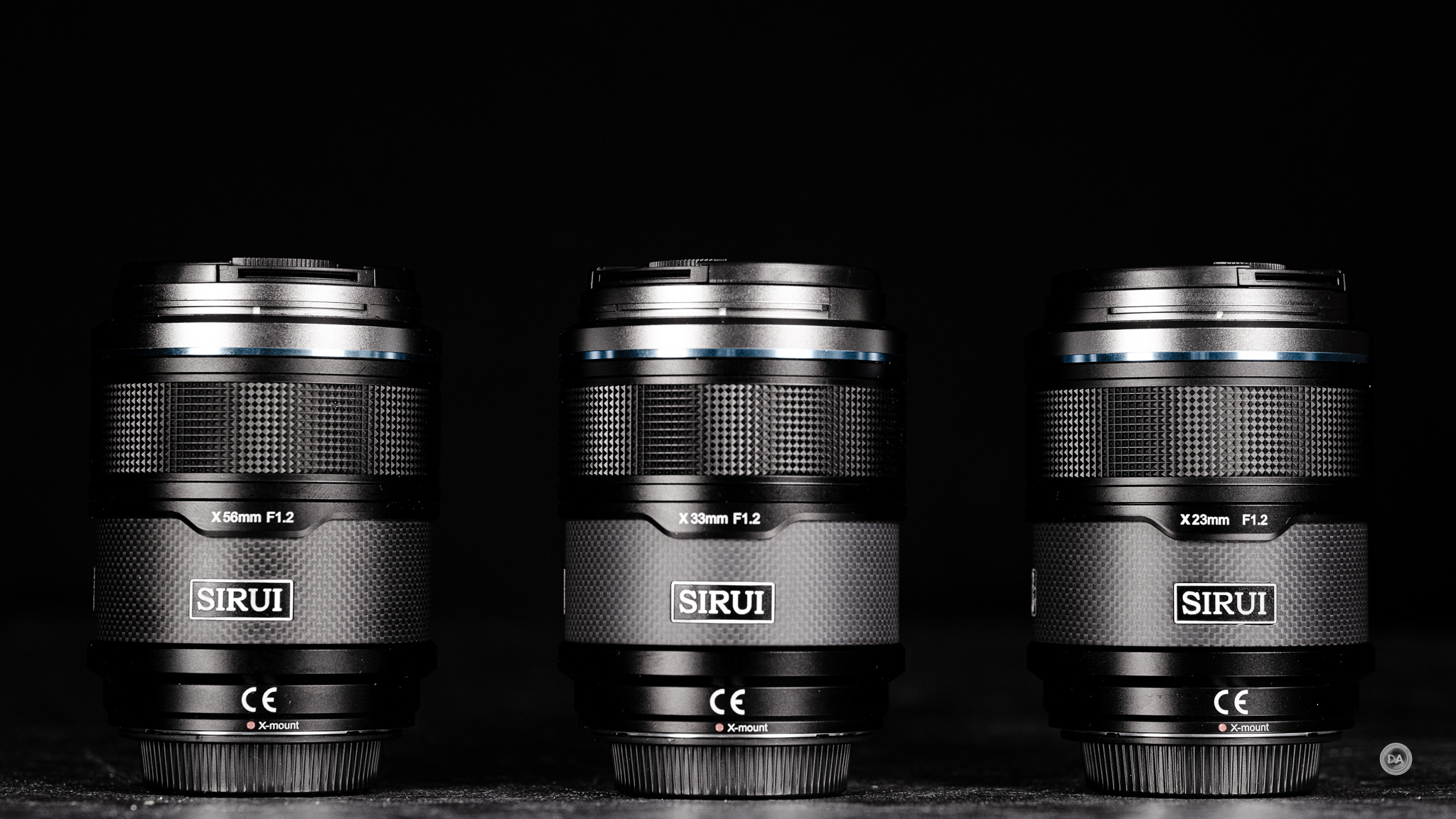
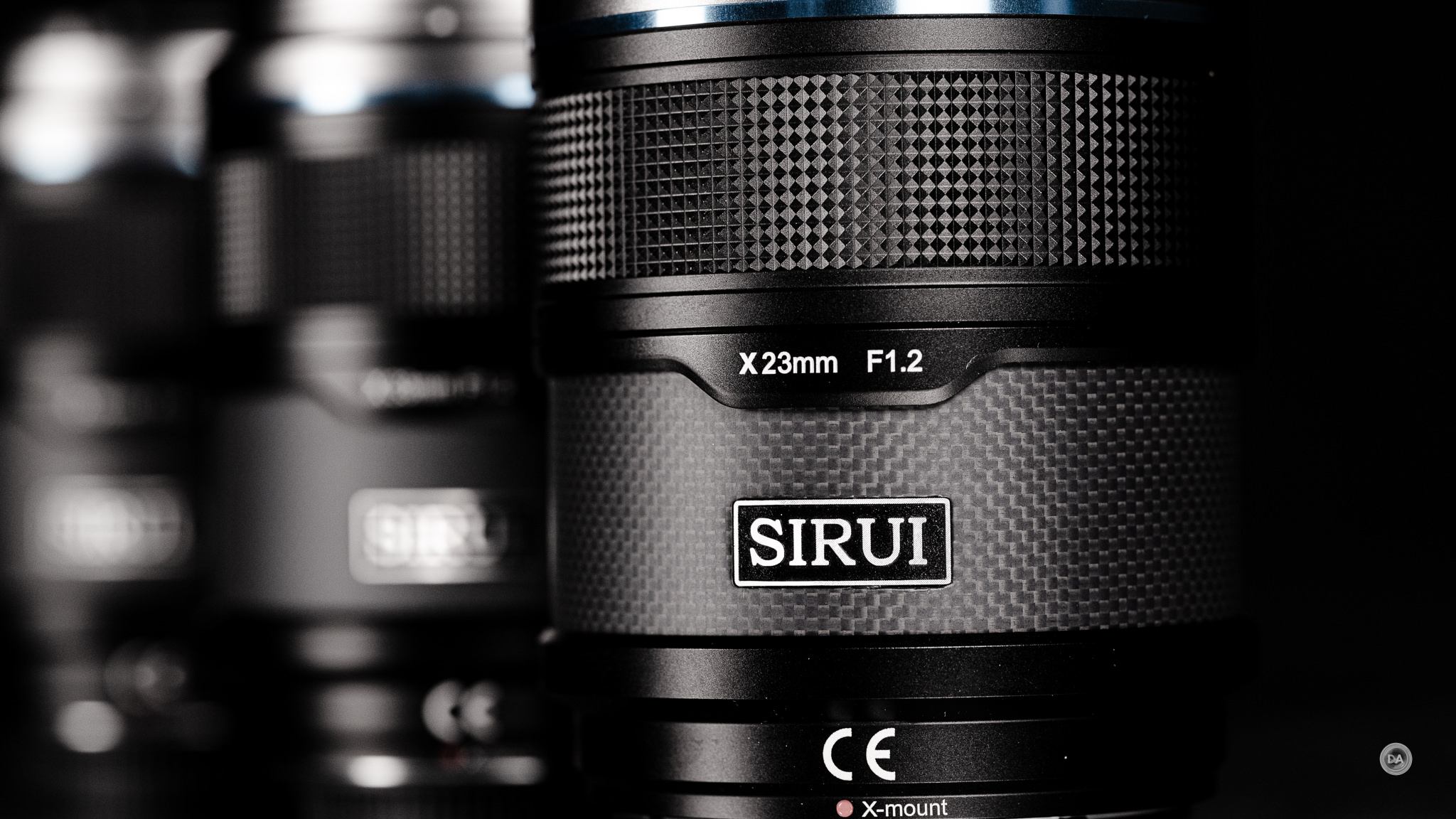
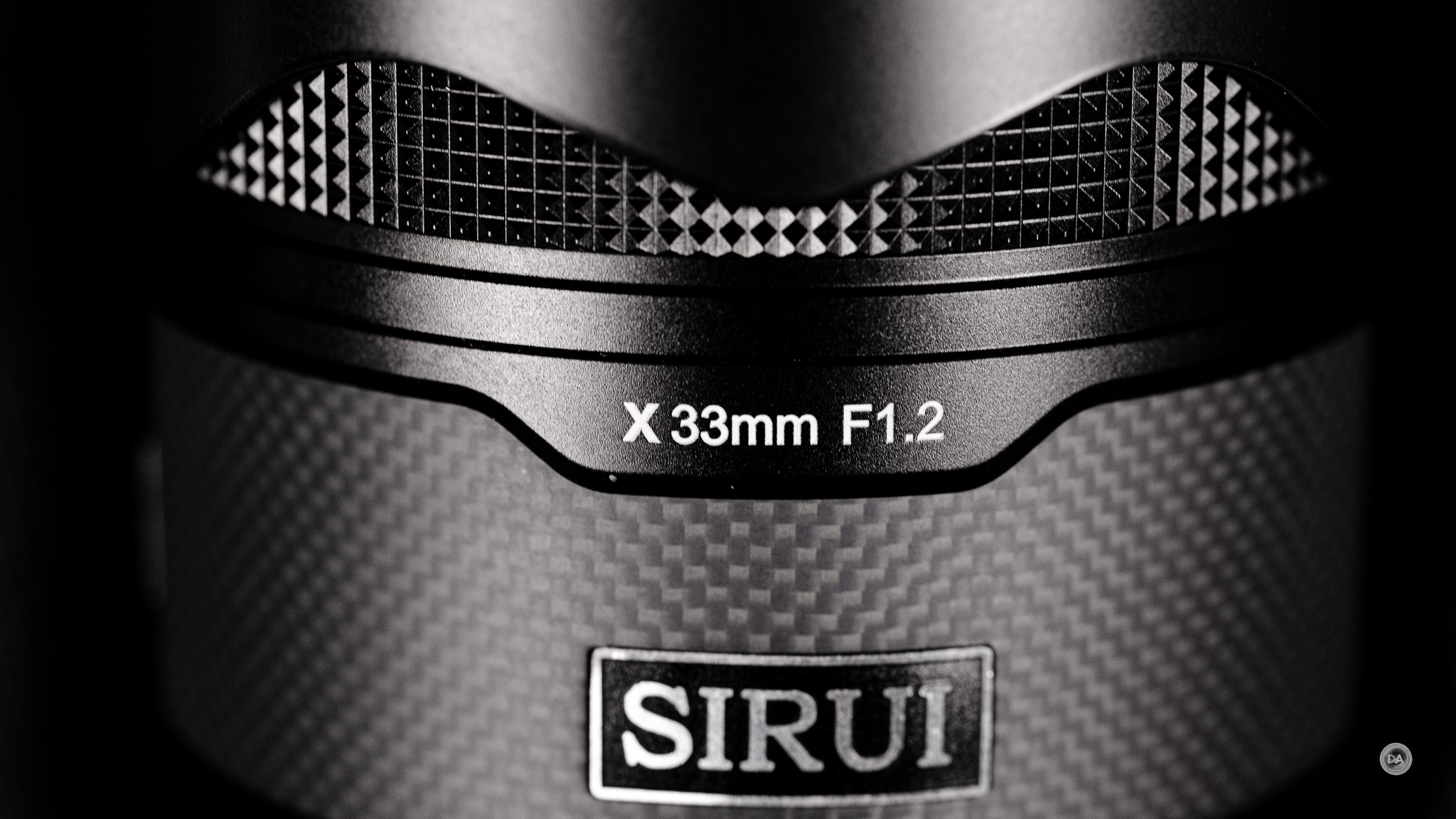

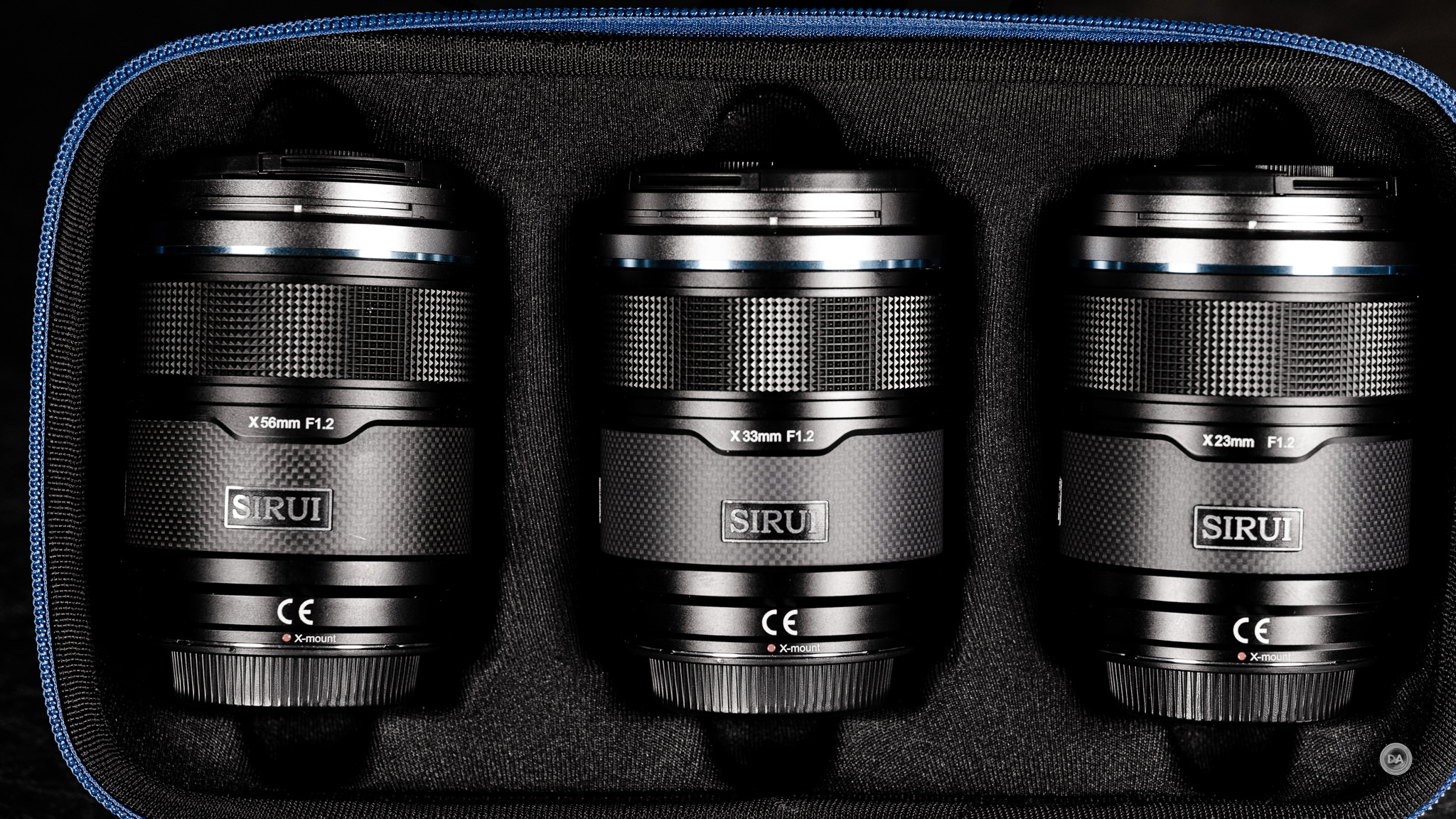
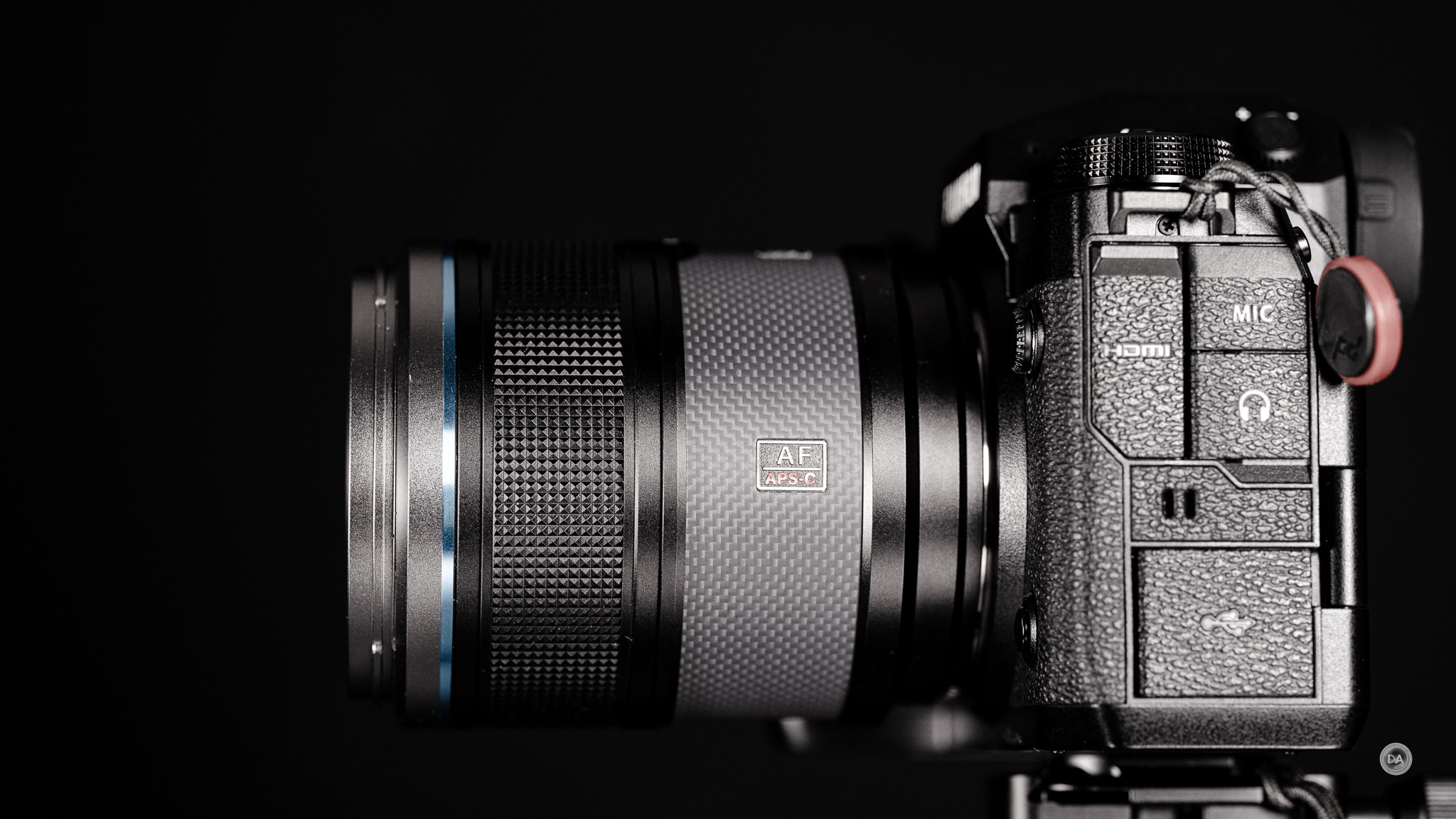


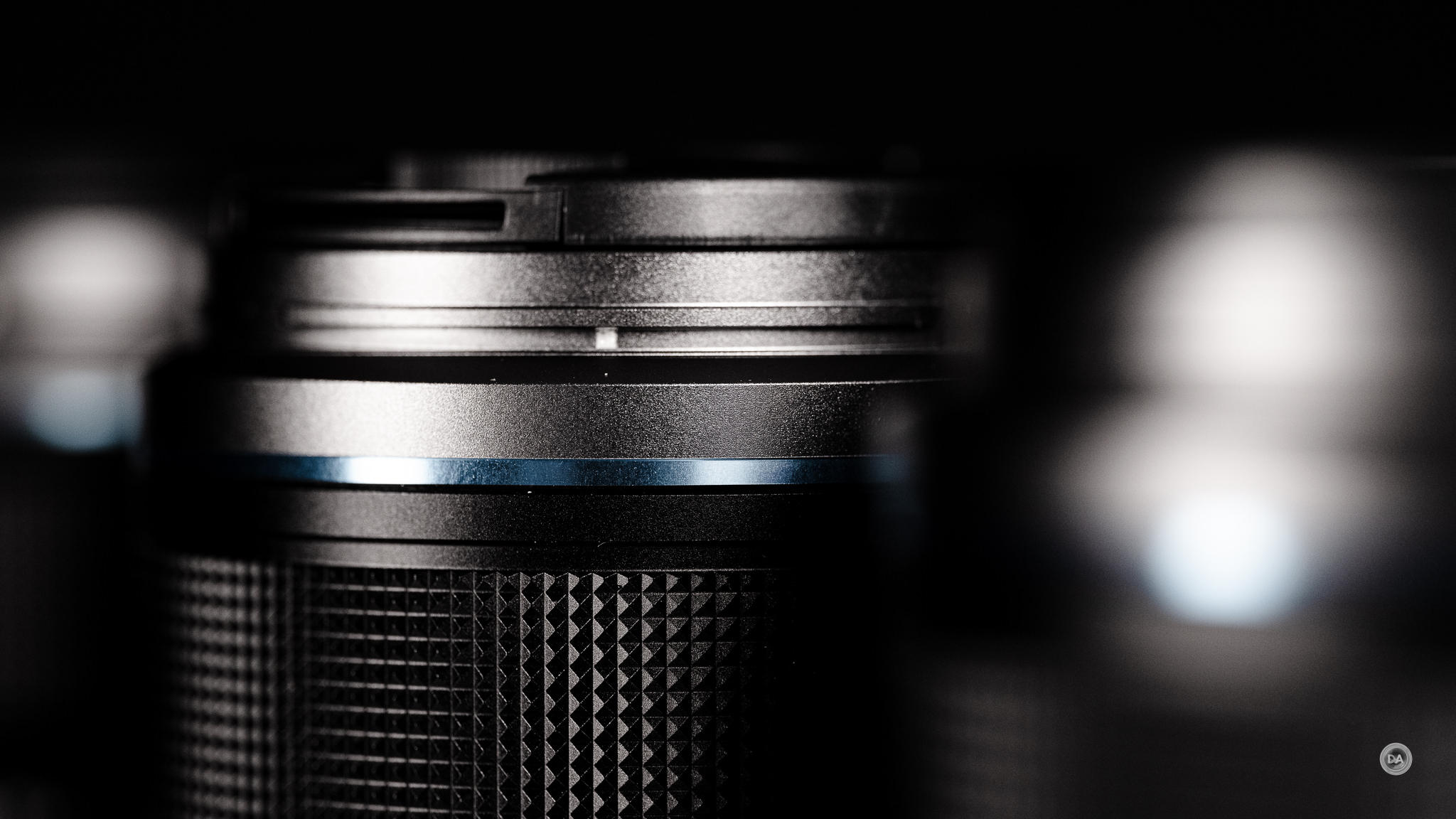

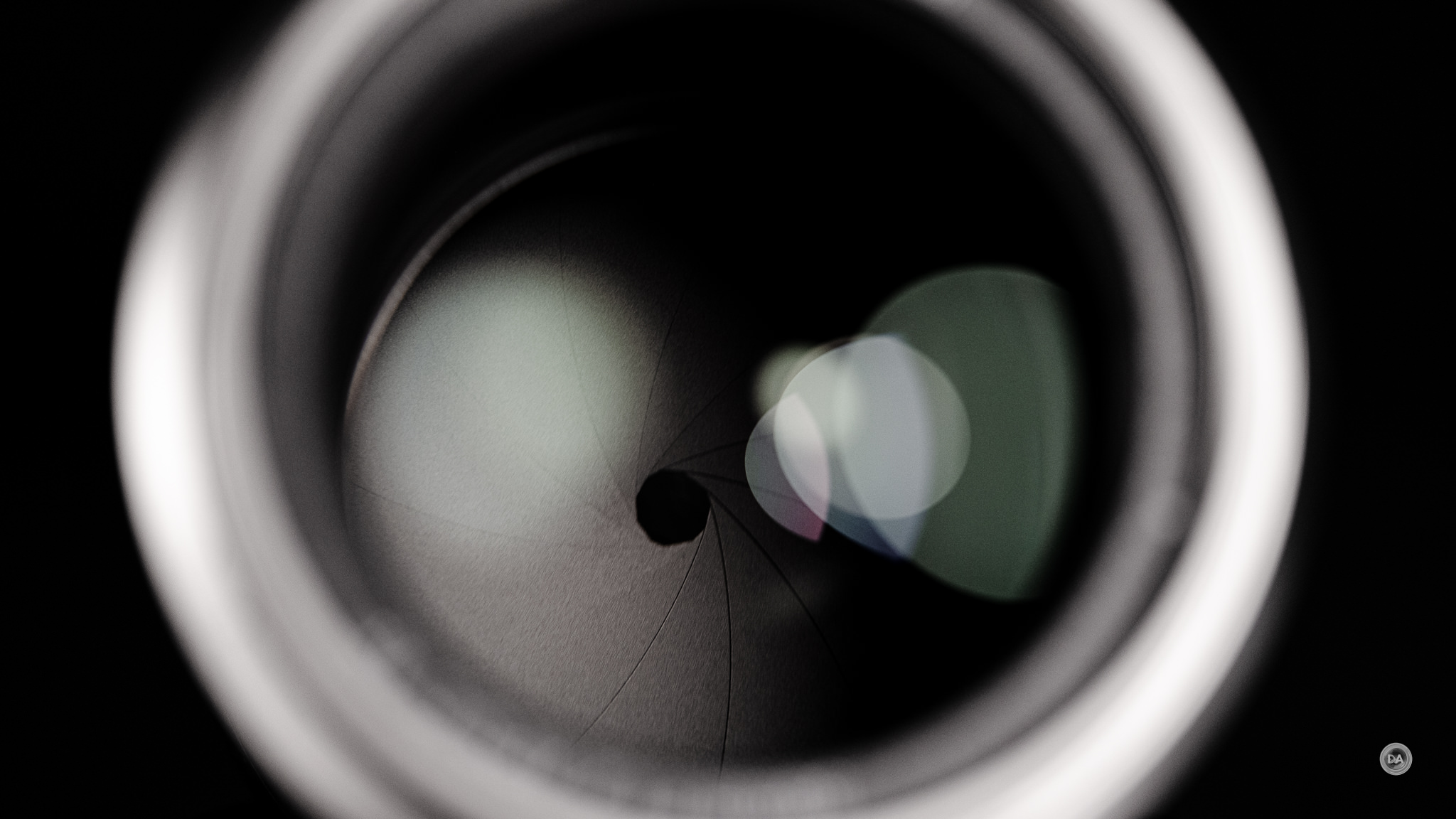


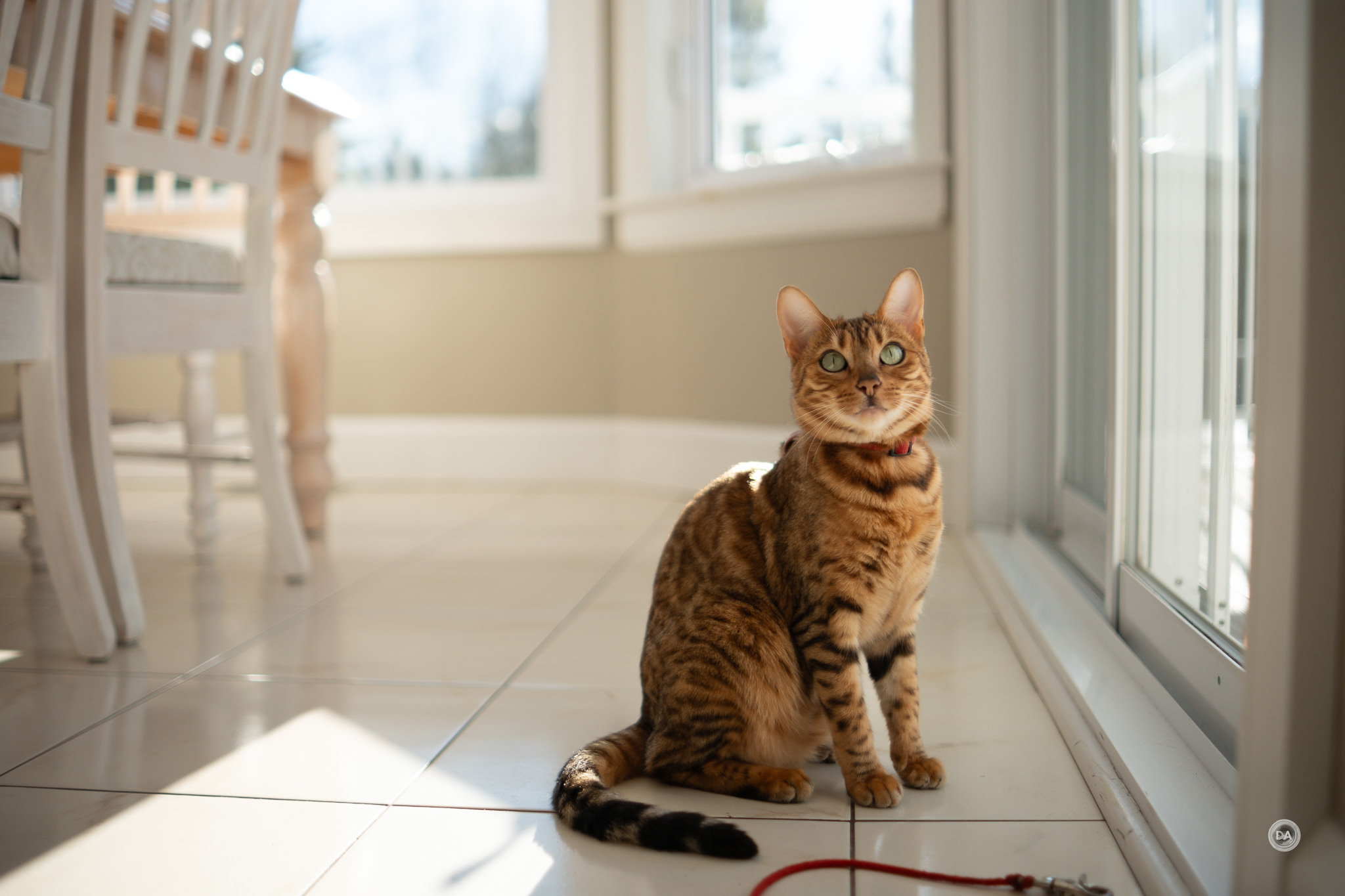
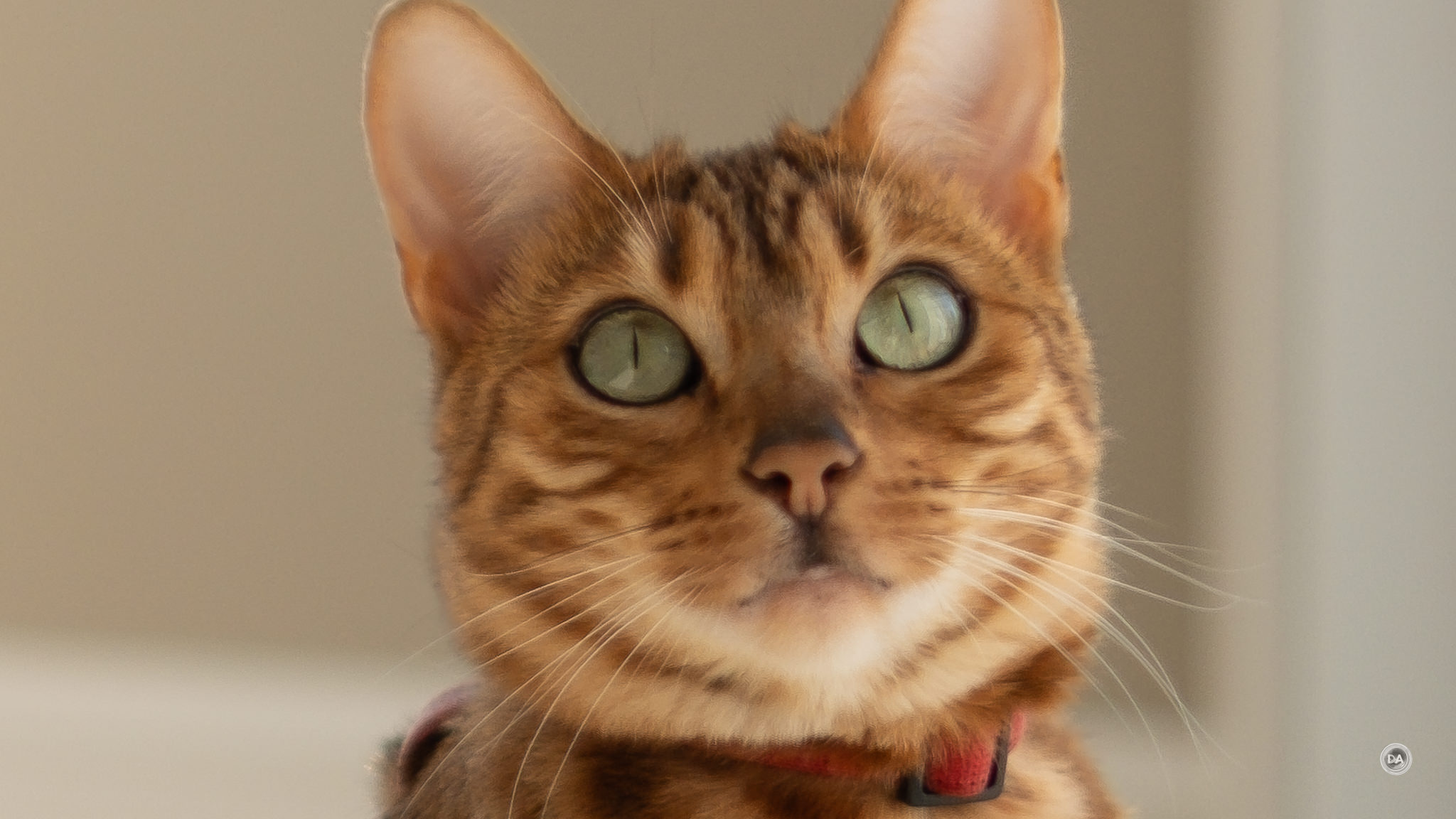

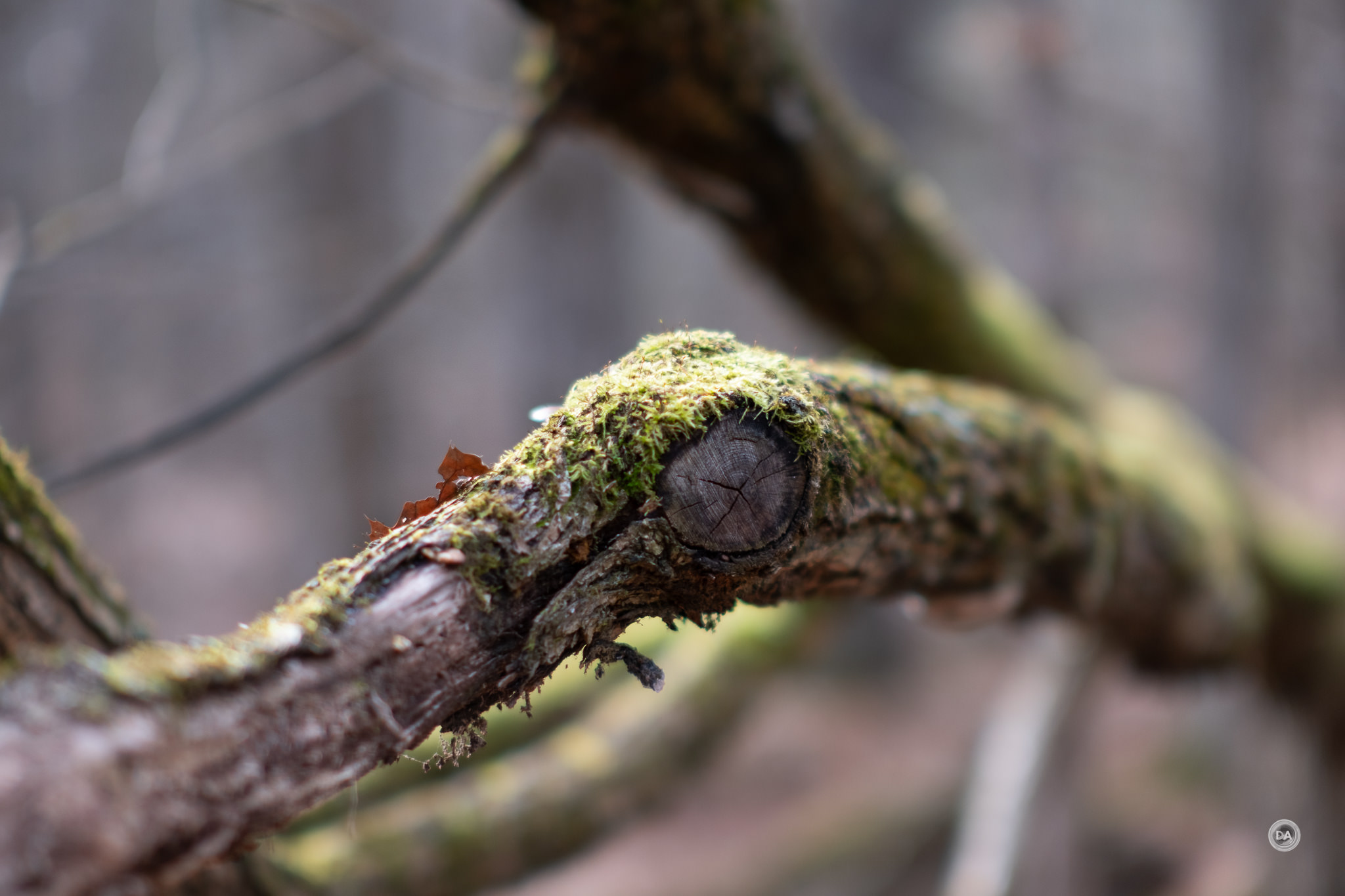


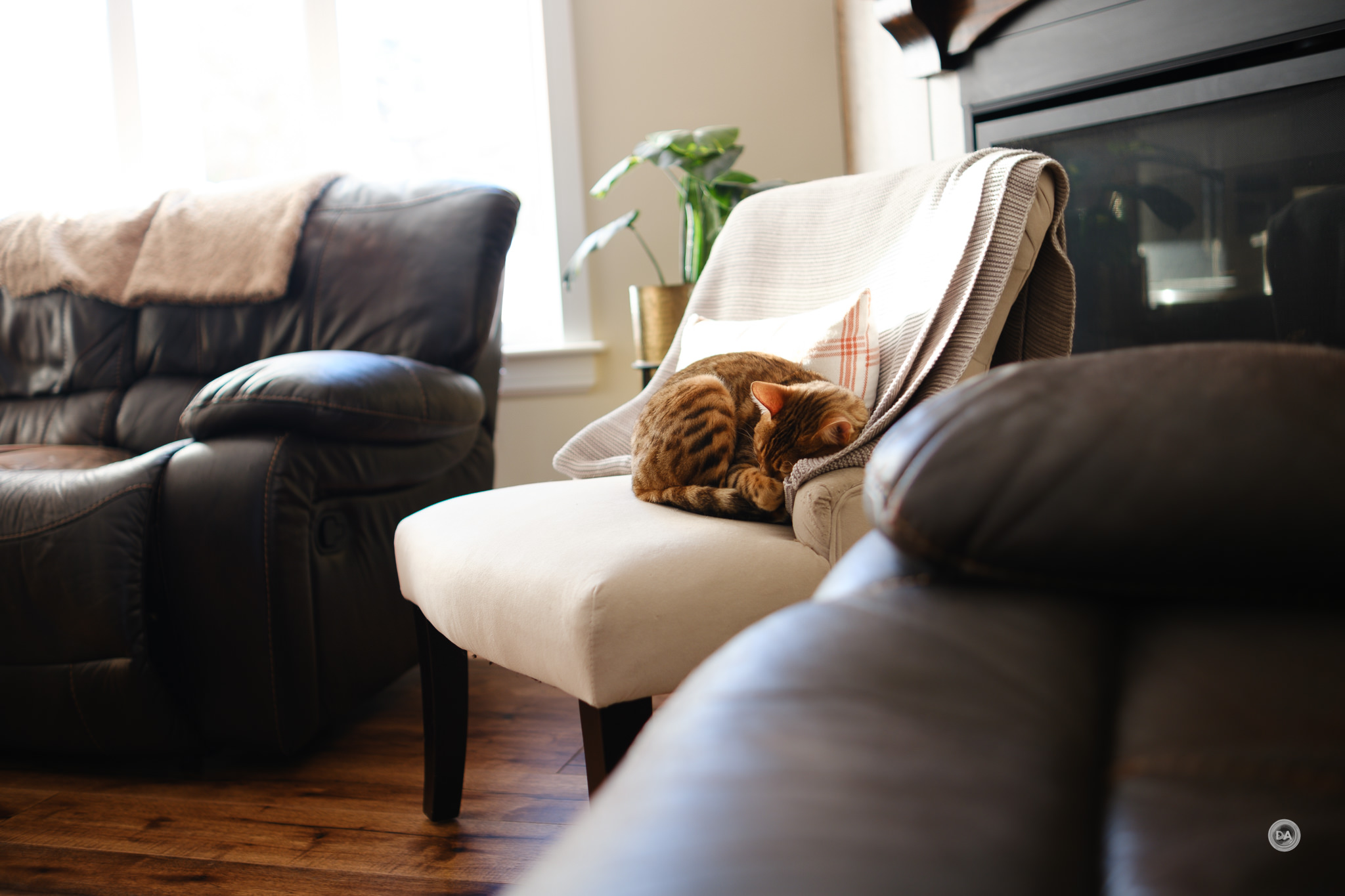


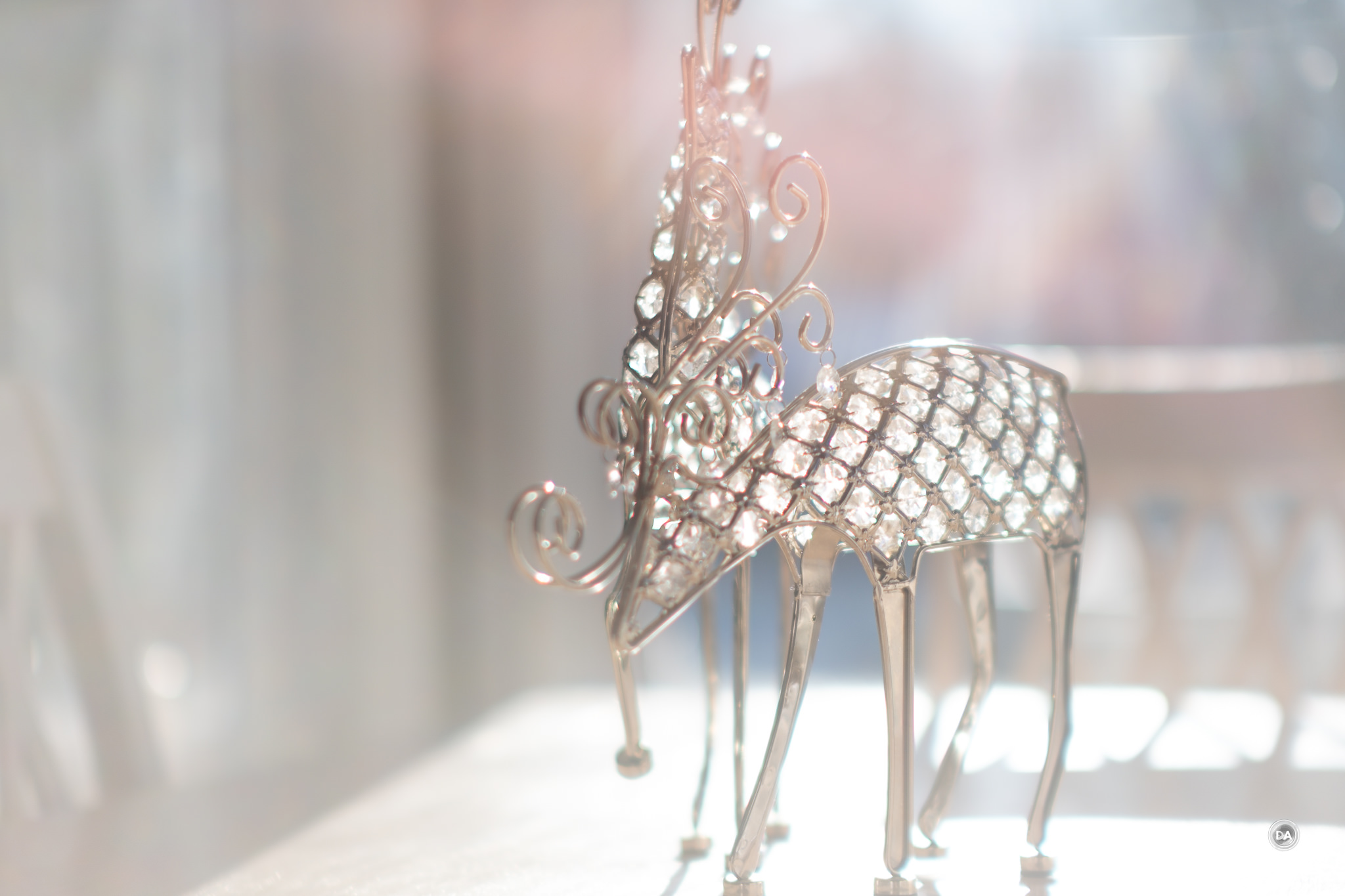

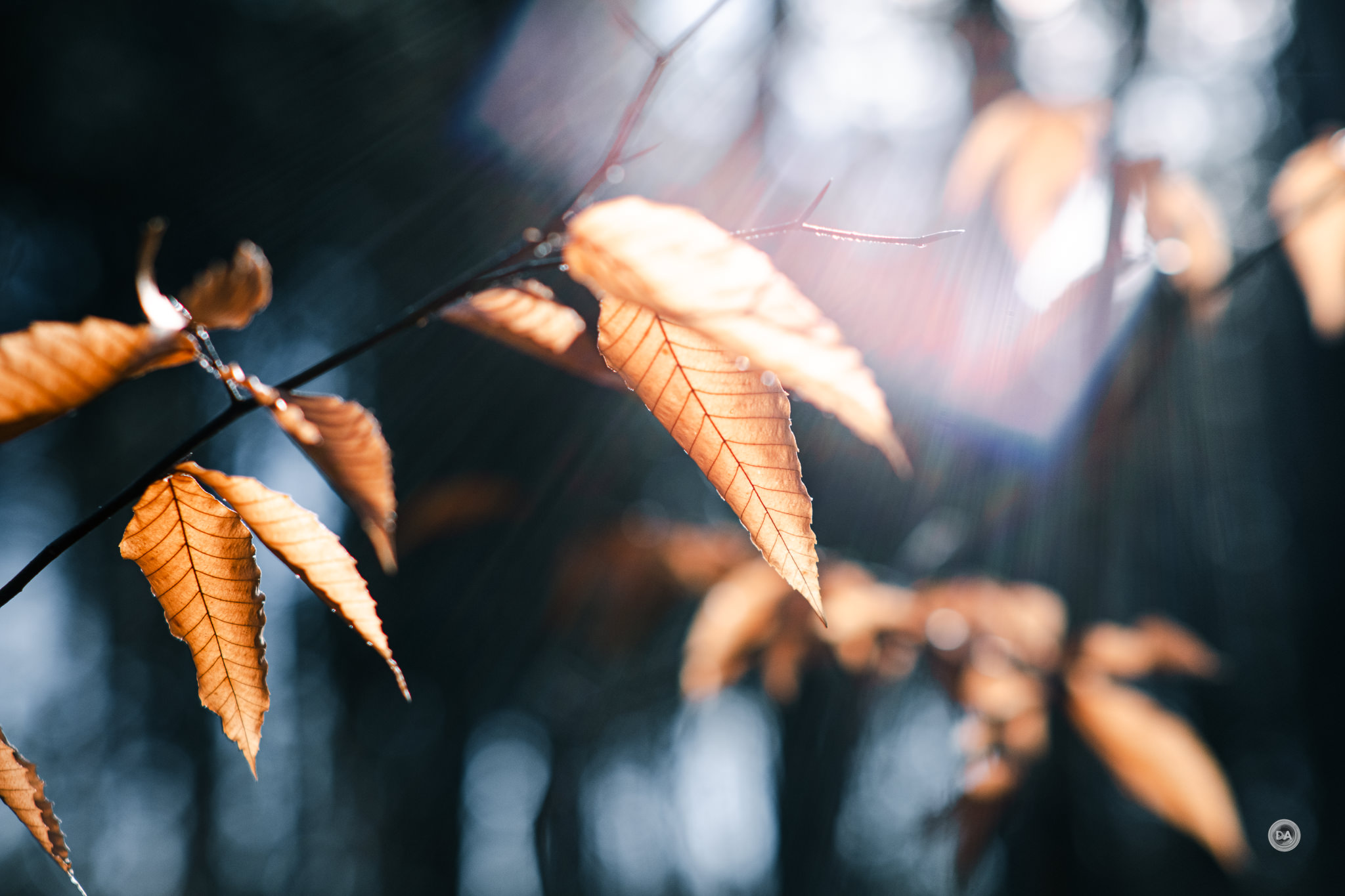
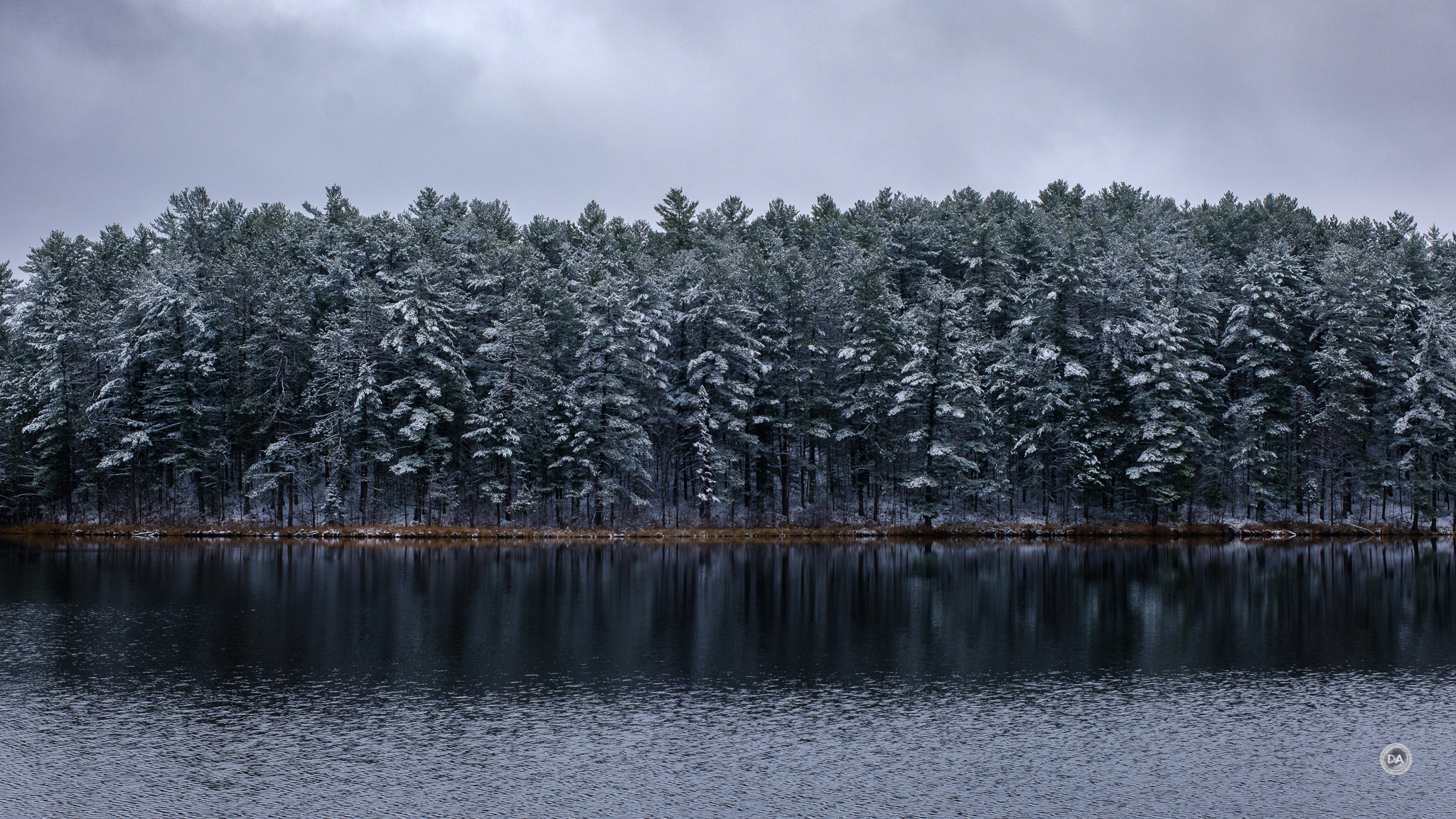

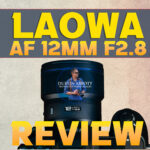 Laowa AF 12mm F2.8 Zero D Review (Z-Mount)
Laowa AF 12mm F2.8 Zero D Review (Z-Mount)  Nikkor Z 35mm F1.2 S Review
Nikkor Z 35mm F1.2 S Review  Kase AF 85mm F1.4 Review
Kase AF 85mm F1.4 Review  Fujifilm X-Half Review
Fujifilm X-Half Review 



6 thoughts on “Sirui Sniper Series Review (23mm, 33mm, and 56mm F1.2)”